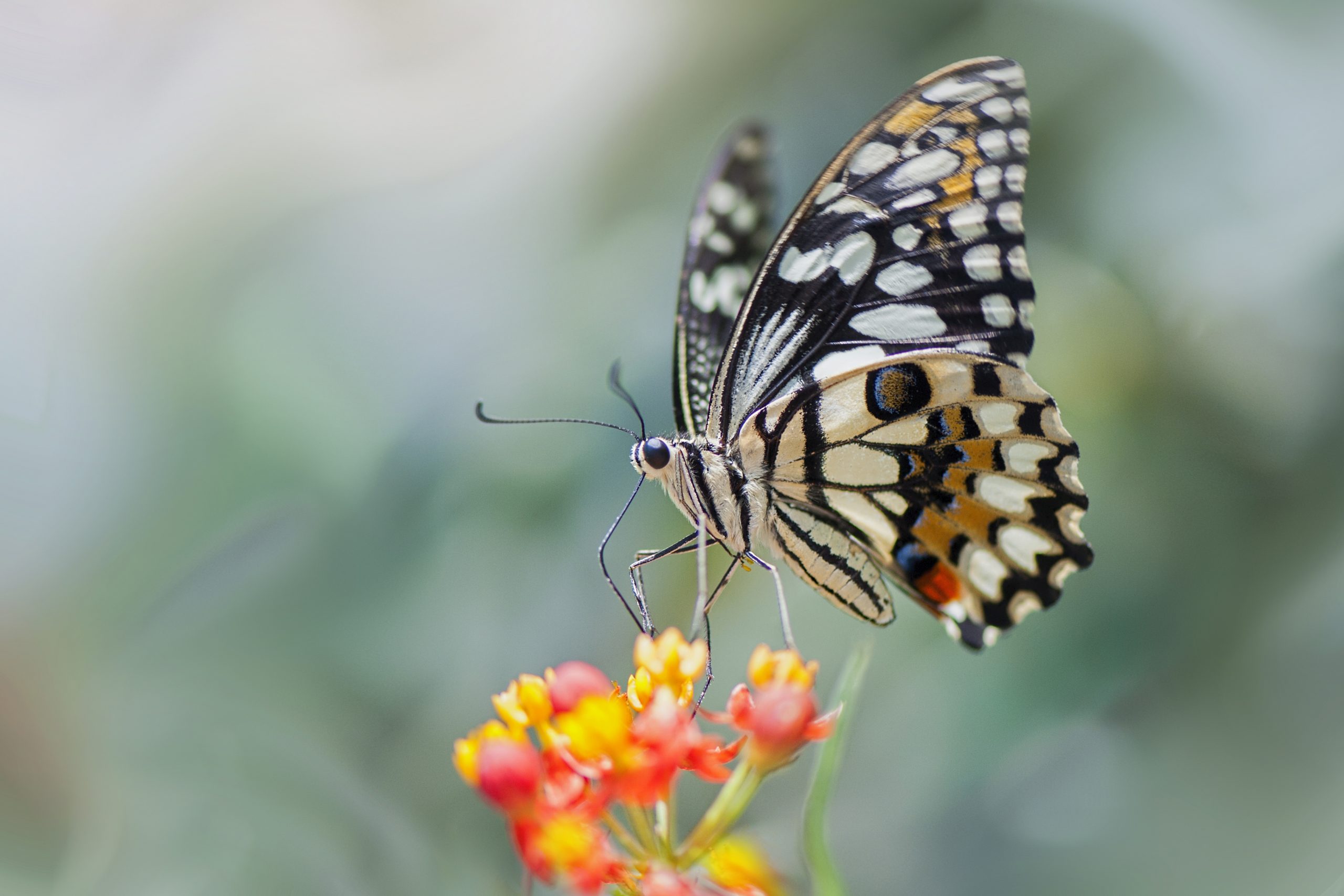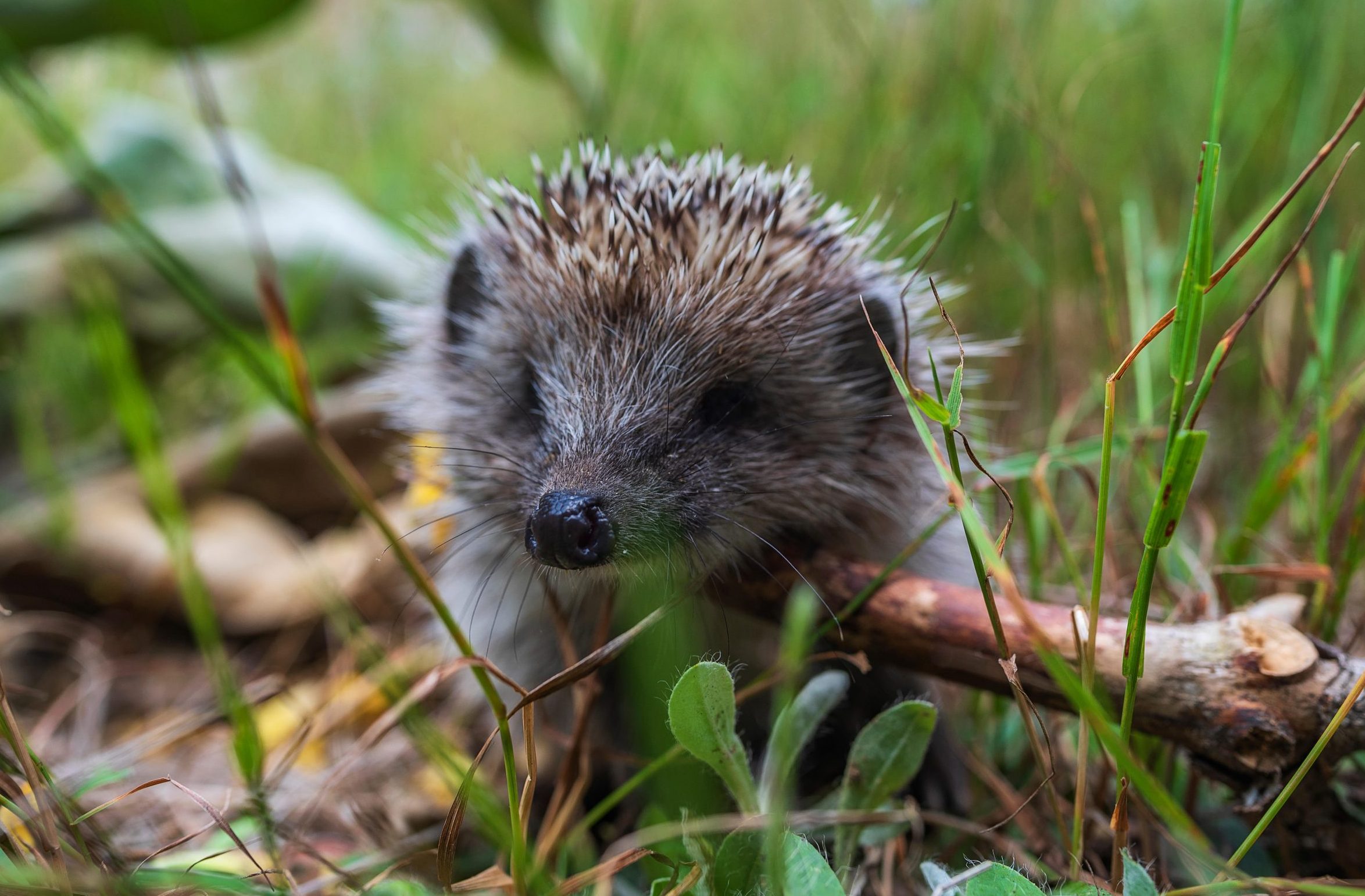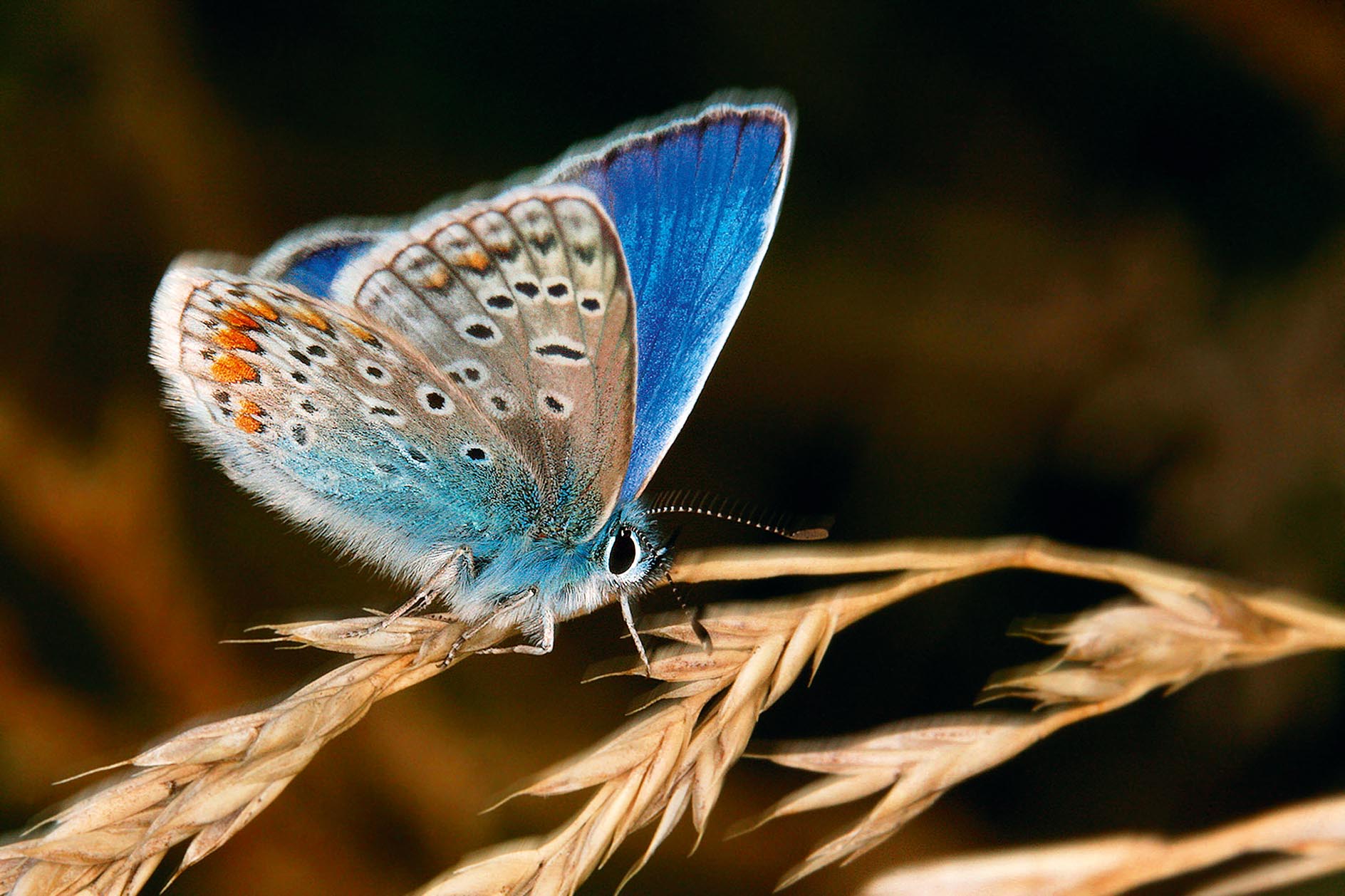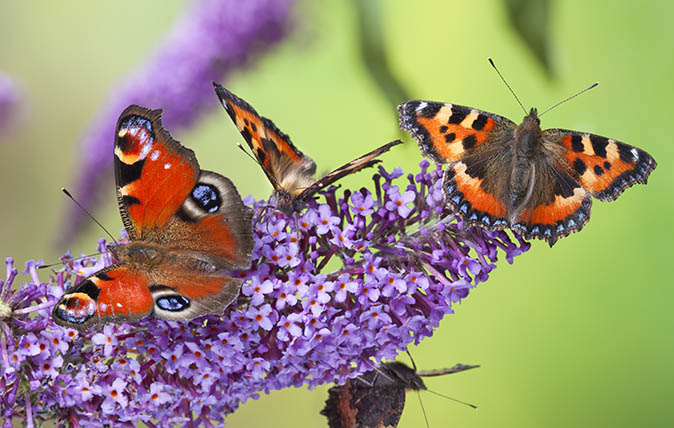How to make a 'butterfly cocktail' which will help attract butterflies to your garden
The annual 'Big Butterfly Count' is currently underway in Britain — if you're keen to spot some, wildlife expert Sean McMenemy has invented a 'butterfly cocktail' which should help attract these delightful, fluttering visitors.

Butterflies love summer. They're likely to be at the adult stage of their lifecycle, so more likely to be seen — especially on bright sunny days. And that's why the Big Butterfly Count chooses this time of year to get a picture of how many butterflies we have; each year, over 100,000 people take part.
You can see more details (and download the app) at the Big Butterfly Count website, but here's how it works:
- Simply count butterflies for 15 minutes during bright (preferably sunny) weather. Records are welcome from anywhere: from parks, school grounds and gardens, to fields and forests.
- If you are counting from a fixed position, count the maximum number of each species that you can see at a single time. For example, if you see three Red Admirals together on a buddleia bush then record it as three, but if you only see one at a time then record it as a single butterfly — this is to avoid double-counting.
- If you are doing your count on a walk, total up the number of each butterfly species that you see during the 15 minutes.
To increase your chances of spotting butterflies — rather than watching in dismay as they flutter around neighbours' gardens — wildlife expert Sean McMenemy has shared his tips for bringing them to your garden:
- To bring butterflies a little closer, make a butterfly cocktail. The simplest recipe is a sugar solution of one part sugar to four parts water, brought to the boil. But you'll do even better with a cocktail: mash up an over-ripe banana and mix in brown sugar and some stale beer. To take this to a professional level, you can experiment by adding dark rum and/or soy sauce. It'll be too later for this year, but in future you should leave the whole concoction to ferment for a few weeks or months before use.
- Plant bright, fragrant and nectar-rich flowers, avoiding the use of pesticides. Butterflies are particularly attracted to buddleja shrubs — hence the nickname 'the butterfly bush'.
- The best butterfly houses are designed to resemble tree bark, but painted in bright colours to attract their attention. It gives butterflies a haven away from predators.
- Put out rotting veg, overripe fruit or special butterfly food — and make sure you leave fallen fruit under trees.
Don't forget to keep an eye out for unusual behaviour as well. Butterflies are known to like fermented drinks or fruit, and they're actually surprisingly aggressive — at least among their own kind. 'Butterflies are highly territorial,' adds Sean. 'Fights between males are common, although their graceful flight patterns look anything but aggressive.'
Enjoy the process, but beware: spotting butterflies can be addictive, as one man found out when he spent years trying to spot all 59 of Britain's native species — you can read that story here.

How to re-wild your garden, from ponds and trees to attracting butterflies and hedgehogs
Joel Aston — one half of the 'butterfly brothers', along with his sibling Jim — explains how rewilding gardens to attract

The man who spent a year spotting all 59 of Britain's native butterflies
Once oblivious to butterflies, Robin Page became so entranced by their delicate beauty that he embarked on a year-long safari
Exquisite houses, the beauty of Nature, and how to get the most from your life, straight to your inbox.

12 of Britain's most beautiful butterflies – and the truth about their chances of survival
Beautiful, delicate and harmful to no-one, our iconic butterflies are facing an increasingly perilous existence – that's the conclusion reached
Toby Keel is Country Life's Digital Director, and has been running the website and social media channels since 2016. A former sports journalist, he writes about property, cars, lifestyle, travel, nature.

